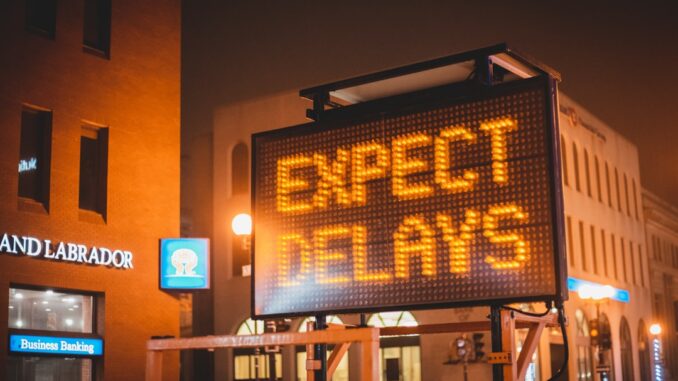
Summary
Delays in the Building Safety Regulator’s Gateway 2 process are hindering high-rise construction projects. The regulator acknowledges that their outsourced processing model contributes to the problem. These delays impact project timelines and overall housing delivery.
Focus360 Energy: property compliance services – pre-planning to post-construction. Learn more.
** Main Story**
So, the Building Safety Regulator (BSR) has admitted something pretty significant: their reliance on outsourcing is a major drag on the Gateway 2 approval process. Honestly, you’ve got to wonder, how did they not see this coming?
Developers are understandably pulling their hair out because these delays are seriously messing with project timelines. We’re talking months added to the schedule, which is basically kryptonite to any housing or growth initiative the government’s trying to push. It really does highlight the urgent need for a smoother, more efficient process within the BSR.
The Outsourcing Mess: A Bottleneck in Building Safety
The Building Safety Act of 2022, designed to ramp up safety standards – especially for those High-Risk Buildings (HRBs), think anything 18 meters or taller – introduced this Gateway process. Gateway 2 is supposed to be the critical checkpoint, a rigorous design check before any construction starts. The BSR checks it all.
But here’s the rub: the BSR decided to outsource a big chunk of the work, and it’s created a massive bottleneck. This is just causing huge delays and, frankly, a lot of headaches for everyone involved. I mean, who wants a project stalled because of paperwork?
When Waiting Becomes a Nightmare for Developers
Across the UK, developers are feeling the squeeze. I heard from a contact that wait times are way beyond what the BSR originally quoted. Imagine projects stuck in limbo for 40 weeks when they were told it’d be 12! Can you imagine the frustration? This adds serious costs and throws project timelines completely off-kilter. It’s got some developers questioning if their projects are even viable anymore. A good mate of mine is considering pulling out of a development because of the delays, its not good!
And to make matters worse, communication from the BSR and these outsourced partners? Not great. Developers are left in the dark, unsure where their applications stand or what’s causing the holdup. Why is it so hard to keep people informed?
Submission Confusion: A Recipe for Delays
It gets even murkier. There’s confusion swirling around exactly what design details are needed for these Gateway 2 submissions. Some say RIBA Stage 4 designs are enough, while others insist on fully detailed construction issue drawings. It’s like nobody can agree on the rules! This inconsistency forces developers to spend extra time and money prepping submissions, which only adds to the delays. And the lack of a chance to talk to someone before submitting? That means developers can’t clarify requirements, which just makes everything less efficient.
Growth on Hold: The Impact on Housing
These Gateway 2 delays are a real problem for the government’s housing and growth goals. With hundreds of projects stuck, the backlog is only growing, pushing back completion dates and potentially reducing the number of homes available. It’s impacting both new builds and retrofitting work on existing HRBs. So its stalling improvements on older buildings.
Time for a Fix: Recommendations and the Road Ahead
The BSR says they get it, and that they’re hiring and training more case officers to tackle the backlog. Good, about time! And they’re prioritizing cladding remediation projects, which is definitely a step in the right direction for safety. But honestly? What really needs to happen is more transparency and better communication. That’s key to rebuilding trust with developers. Clearer guidelines for submissions and pre-submission consultations would also help streamline things. I mean, wouldn’t it?
Addressing these issues is essential for getting projects approved on time, meeting housing targets, and creating a building safety system that actually works. As of February 23, 2025, these issues continue to cast a shadow over the construction industry. You know, it makes you wonder if things will ever truly get sorted.


Outsourcing seemed like a brilliant cost-saving measure, didn’t it? I wonder if the delays are costing more now than keeping it in-house would have? Perhaps a spreadsheet is in order?
That’s a great point! A detailed cost-benefit analysis, including the cost of these delays, is definitely needed. It would be interesting to compare the current outsourced model with the hypothetical cost of an in-house team. Has anyone done any work on that already?
Editor: FocusNews.Uk
Thank you to our Sponsor Focus 360 Energy
40 weeks?! That’s not a delay, that’s a geological epoch in construction terms! Maybe they should rename it “Gateway…Eventually.” At least developers have plenty of time to perfect their submission interpretive dance for the BSR. I bet that would speed things up!